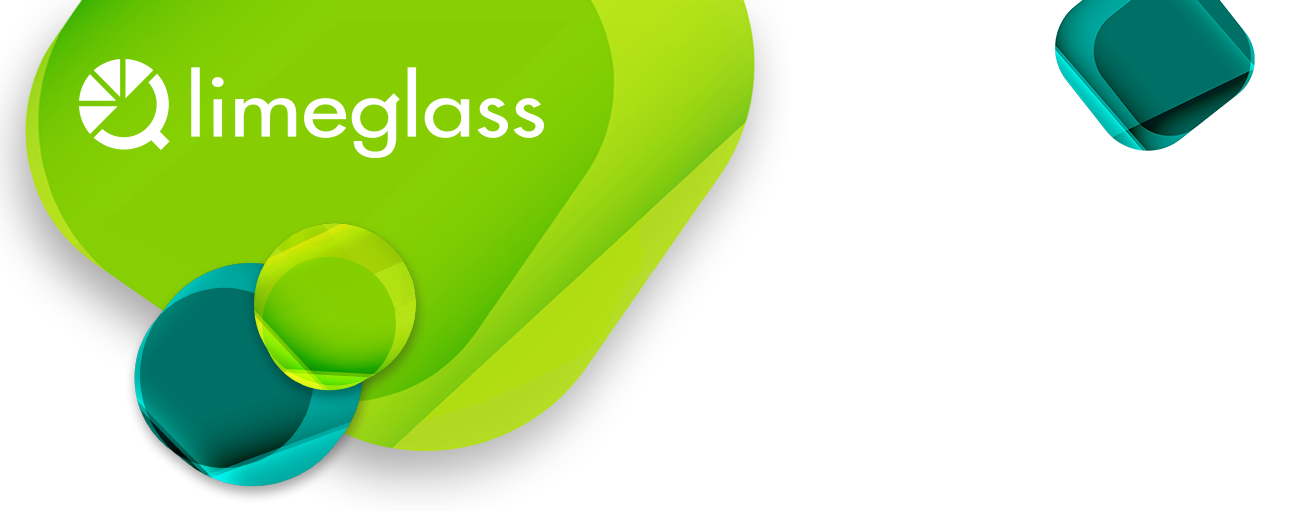Staying Competitive in a Consolidating Sell-Side
Recent Sell-Side consolidation suggests that Research is an important differentiator. BNP has announced that it will expand its US equity research offering through Exane and Societe Generale has entered a joint venture with Bernstein Research.
But how can you use Research as a differentiator if your clients have trouble consuming it?
It is no secret that a worrying proportion of expensively produced Sell-Side reports go unread. The Buy-Side is overwhelmed with content, the majority of which is received in the form of clunky PDFs sent over email. If a Sell-Side analyst has just written a high-quality, in-depth report, this will enter their clients’ crowded inbox and may never be read, even if the client would have wanted to, simply because it cannot be found!
Limeglass has built technology specifically for this problem: Research Atomisation™.
By isolating every single paragraph of a research report, Limeglass can identify what content that paragraph contains, and present these “Atoms” individually. Suddenly, the key information buried deep inside the hundreds of clunky PDFs (or HTMLs, for that matter) can now be standardised and made available either directly to the Buy-Side client, or to the Sell-Side author’s automatic tagging system. This then gives the client more information about the content of the report.
Imagine the difference that this would make to the discoverability of your research, even if the only change* is to the email subject line. A normal Sell-Side research email appears in an inbox looking something like this:
- Broker Name: Downgrade Stock XYZ to Sell on China consumer slow-down. (Analyst Name)
But if the client receiving this email does not normally care about Stock XYZ, nor read that analyst’s reports, and is not looking at Chinese consumer trends, why would they bother opening this report?
Because Limeglass has Thematically Tagged all the ‘Atoms’ in the document however, the same client could receive an email header which adds on pertinent thematic information at the end:
- Broker Name: Downgrade Stock XYZ to Sell on China consumer slow-down. (Analyst Name) – Disruptive Technology Update
Or, perhaps even better, for those clients who would not normally receive this report but are focussed on the relevant theme, the email header could be tailored to:
- Broker Name: Disruptive Technology Update – Downgrade Stock XYZ to Sell
It turns out that this report on Stock XYZ has a whole section looking at the company’s deployment of a range of cutting-edge Internet of Things technologies. This is an important theme on the client’s radar as they are looking for ways to invest in IoT and other disruptive technology trends. Now they know that this is a report worth reading.
Therefore, with a simple change to an email header, you have created a thematic distribution list, increased the number of interested clients receiving the report, and your overall readership.
So as the Sell-Side sector consolidates with these recent announcements and each broker looks to differentiate itself with its Research offering, they should make sure that their clients notice.
*NB. This is far from the only change available to enhance content discovery and distribution using Research Atomisation™.
Oliver Hunt
Head of Client Solutions




